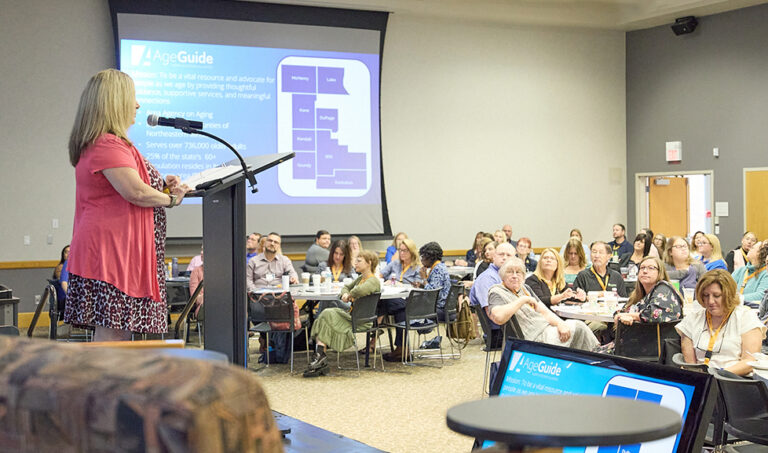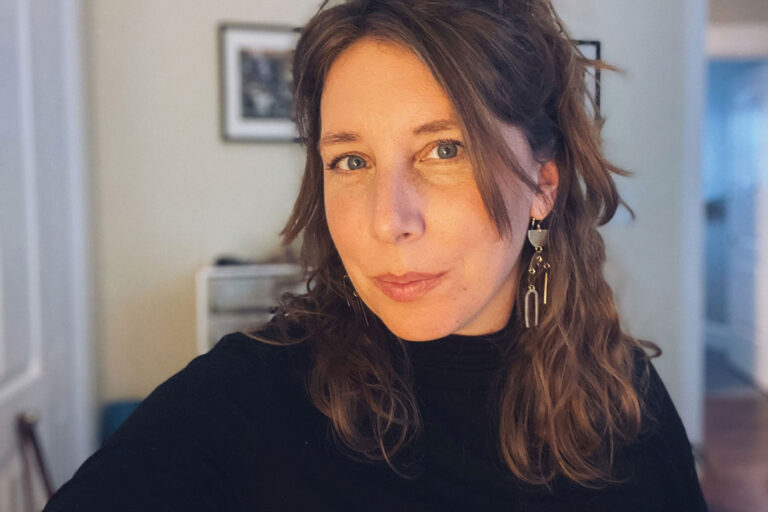
Valerie Nikolas is a health and wellness writer based in Chicago. She is a recent graduate of Northwestern’s Medill School of Journalism.
Making the most of hospice and palliative services
Dealing with a loved one’s decline may be one of the hardest experiences a person can go through. There is so much uncertainty about making the right decisions, and, at times, no decisions seem right.
Certain organizations are dedicated to supporting people dealing with terminal illness. Palliative care and hospice can ease the transition, ensure your loved one’s needs are met, and help them make the most of the days they have left.
The word “hospice” sounds bleak to many. But “Hospice is not a death sentence,” says Katie Monahan Brooks, business development manager at Transitions Hospice. “It’s a way to embrace life and get much-needed support for patients and families.”
A spectrum of services
Palliative and hospice care offer distinctly different services, but both fit on the spectrum of end-of-life care and offer support to those facing terminal illness.
Palliative care, also known as supportive care, addresses symptoms and side effects of serious illnesses, often cancer. Palliative care is typically provided as an additional layer of support as a person goes through curative treatments, often addressing the emotional and psychological aspects of illness for the patient and their family. This type of care provides comfort and reduces pain. People receiving it can still try to cure their condition, such as through chemotherapy or surgery.
Hospice care, on the other hand, only takes place after a person stops seeking curative treatments. The goal is to provide comfort — whatever that may mean for the individual — when doctors no longer deem recovery likely.
“Hospice is for when individuals have come to the point in their care process where they’re seeking quality of life over quantity of life,” Brooks says.
Teresa DiMaggio of Richmond, Illinois, recently sought palliative care and, later, hospice, for her mother, Susan. Raised as the only child of a single mother, DiMaggio says she and her mom were as close-knit as could be.
“My mom’s greatest fear was dying alone,” DiMaggio says. “I made a promise to her that she would not die alone.”
Her mother first got sick with pneumonia in January 2020 at age 80. But she “never bounced back,” DiMaggio says. Susan began suffering from bouts of vascular dementia, then, in August 2020, she had a major heart attack.
When Susan’s health issues became too much for DiMaggio and her children to bear, Susan’s cardiologist recommended she seek supportive palliative care to deal with her symptoms. Though skeptical at first about having care workers in her home, DiMaggio felt much more comfortable after meeting with Transitions staff several times.
“It was something about the way they presented themselves,” DiMaggio says. “They came in with such a sense of peace and calm, and they listened to me and to my mom.”
Support for end-of-life
Hospice and palliative care both encompass a philosophy that aims to make patients as comfortable as possible.
Both types of care typically take place wherever a person considers home — whether that is their house, a retirement community, or a nursing home — or in a hospital. Some hospice and palliative care organizations offer inpatient units for when patients need additional support.
To qualify for hospice, a physician must confirm that a person has a terminal illness and likely has less than six months to live. Medicare and most private insurances cover hospice care. However, Medicare may not cover palliative care if the person doesn’t have a terminal illness; palliative coverage varies for private insurance.
Once enrolled in hospice or palliative care, a patient’s multidisciplinary team will help them and their loved ones identify physical, mental, emotional, and spiritual needs.
“The care team helps a patient and their family create a care plan that’s tailored to their goals and wishes,” says Myleene Bosch, vice president of hospice at JourneyCare.
Some people want to be as physically comfortable as possible. This often includes medication but doesn’t always need to. Other people may want spiritual care in the form of chaplain visits or spiritual services. Others might incorporate complementary services, like music or massage therapy, into their care plans.
Receiving this type of supportive care can impact health outcomes. For instance, heart failure patients receiving palliative care have better outcomes for quality of life, depression, and anxiety, according to a study published in the Journal of the American College of Cardiology.
For hospice, once pain and symptoms are under control, goals can include making the most of the days a patient has left. “We often help patients and their families realize a life goal or milestone, like helping to put together a wedding for a patient, a birthday party, or helping them find a way to have one last special outing with their family,” Bosch says.
The value of care
Because end-of-life care is often stigmatized, people tend not to start their research until it’s too late.
“So many people don’t seek out information about the valuable support hospice provides until the moment they need it,” Bosch says.
Brooks advises people researching hospice and palliative care for their loved one to interview potential companies. Ask questions about policies, respite care, bereavement support, and responsiveness to emergency phone calls.
While it may be uncomfortable at first, having open conversations with your loved one about their wishes can help you honor those desires to the best of your ability when the time comes.
“Hospice is a gift,” Brooks says. “It’s the gift of knowing what your loved one wants.”
For family members like Teresa DiMaggio, that gift meant receiving lots of emotional support both before and after her mother’s death.
DiMaggio’s mother, Susan, remained in her home with hospice services until the end. And DiMaggio says the family benefited from a pain management plan for Susan and nightly tuck-in calls.
As Susan approached the last days of her life, hospice nurses stayed with her around the clock to provide support for the whole family. And after Susan passed in January 2021, they provided DiMaggio with resources to help arrange the wake and funeral.
Ultimately, thanks to hospice, DiMaggio says, “I was able to keep the promise I made to my mom.”












